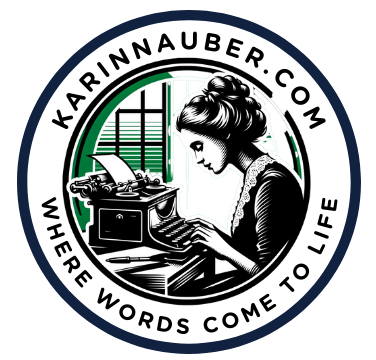
Nailing your audience’s needs is step one in making your writing pop. Think about it: If you don’t know who you’re talking to, how can you speak their language? The importance of knowing your reader can’t be overstated. It’s the foundation of your writing’s relevance and impact.
Start by researching audience interests and pain points. Dive into forums, social media groups, and anything else where your potential readers hang out. What problems are they grappling with? What topics get them buzzing? Gathering this intel helps you tailor your content to hit home.
There are also some amazing AI prompts that I have used in researching my audience. I have been able to create complete avatars of my audience. It’s amazing what AI can do! I will be hosting a free class on this soon. Keep watching for the registration information coming soon! Using AI as an assistant to help you with your research and identifying your readers is a great way to harness the power of AI.
Crafting reader personas is a handy trick. Picture a few ideal readers in your head. Give them names, jobs, hobbies, and challenges. Now, write as if you’re speaking directly to these imagined folks. This adds a personal touch and makes your content feel less generic.
Don’t be shy about using feedback for improvement. Have some folks in your target audience review your drafts. Their insights can be gold. Listening to your real readers and tweaking your content based on their feedback helps you stay on point and keeps your audience engaged.
Mastering the Art of Clear and Compelling Writing

Making your writing clear and compelling is all about keeping things simple. Clarity is key. If your readers can’t understand what you’re saying, they’ll lose interest faster than you can say ‘bored’. Use simple words and short sentences to keep everything crisp and easy to digest.
Stick to using active voice. Passive voice tends to be dull and can make your writing feel distant. Active voice, on the other hand, is direct and engaging. It makes your sentences stronger and more assertive.
Storytelling isn’t just for novels. Weaving stories into your writing helps create an emotional connection with your readers. Personal anecdotes, relatable scenarios, or even just framing your information in a narrative flow can make your content more engaging.
Don’t just tell your readers what you mean; show them. Incorporating vivid descriptions and sensory details can transform dry information into something vibrant and immersive. Describe the smell of fresh coffee if you’re writing about a morning routine. Paint a picture with your words and your readers will appreciate the extra effort.
Fine-Tuning Your Content for Maximum Impact

Editing and proofreading are non-negotiable. Once you’ve written your piece, take a break and come back with fresh eyes. Look out for grammar mistakes, awkward phrasing, and anything that might confuse your readers. Reading your work aloud can help catch errors you might miss reading silently.
This tactic really works. Trust me, after spending years as a reporter, sometimes I will look back at something I wrote and wonder how it ever made it past the proofer! It’s often because our brains see the word as we think it should be not what is really there.
I also use ChatGPT to review my work for spelling, punctuation, grammar and clarity. I also make sure it tells me if it changes anything!
I am old-school. (My granddaughter would say, “No, you’re just old.”) I like to print things out to look at them as I make corrections. Sometimes looking at things on the screen, I miss them because they don’t jump out at me like things on paper tend to do.
SEO best practices aren’t just about ranking higher in search engines; they’re about making sure your content reaches the right audience. Use relevant keywords naturally and focus on creating high-quality, valuable content. Remember, stuffing keywords is out. Instead, aim for a natural flow that reads well.
Visuals can make your content more appealing and easier to understand. Whether it’s an infographic, a photo, or a chart, visuals break up text and illustrate points in ways words sometimes can’t. Just make sure they’re relevant and add value.
Engaging through interactive elements keeps readers on their toes. Polls, quizzes, and clickable elements can turn a passive reading experience into an active one. This not only makes your content more enjoyable but also increases the time readers spend on your page.

